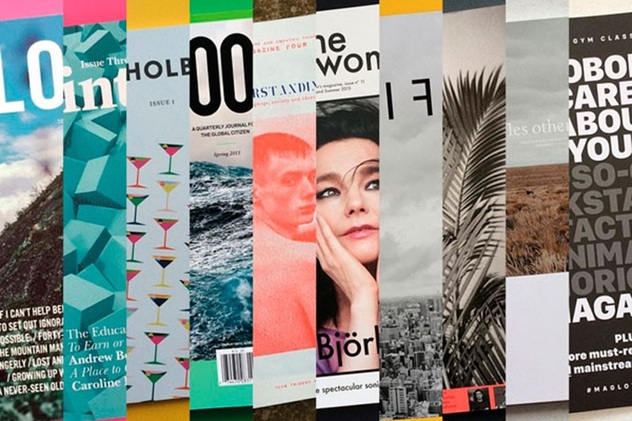 It was an industry trend we reported on nearly two years ago.
It was an industry trend we reported on nearly two years ago.
“While mainstream magazines are seeing sales fall, and long-standing titles such as Loaded are printing their final issues, the world of niche, independent mags is going from strength to strength,” wrote Ruth Jamieson in The Guardian in April, 2015.
At the time, we were covering titles like Cherry Bombe (their magazine still makes us want to take an early lunch) and talking about the increasing popularity of niche publications. The trend made absolute sense back then, as marketers used data to better target readers, while consumers self-selected their interest groups.
Two years on, and the move away from mass market toward niche continues.
“As Conde Nast looks set to announce consolidation of its publishing division following similar changes at Hearst Magazines last year, other, smaller players in the sector have better news,” writes Jeanna Sharma in Observer. “New York-based niche magazine, Paper, just celebrated its 32nd successful year in print. Meanwhile, in Munich, Germany, Platea, an independent art and fashion magazine, rejoiced its snowballing readership…. Likewise, The Gentlewoman, a magazine based in London aimed at intellectual women with ‘style and purpose,’ has been growing exponentially throughout a seven year run.”
Why so much love for the indie? For many, it comes down to an unflinching and nimble focus on the reader relationship.
“Niche and indie magazines are very in touch with their audience, they tend to be lean mean fighting machines, often run by a single person who can nimbly engage with their audience far more easily than a mainstream magazine that’s often weighed down by too many people involved in the decision making & production process,” James Hyman told observer.com. Hyman is founder of The Hyman Archive in London, “the world’s largest collection of magazines.”
Meanwhile, the mass market titles have become somewhat clichéd, without a distinctive voice of their own, explains Jeremy Leslie of MagCulture.
“[They’re] all the same size, same paper, same number of pages. Straight in the recycle bin,” Sharma quotes Leslie as saying.
Add to that the pressure cooker of mass market advertising, and the nimble and passion-driven indie that relies on subscriptions stands out yet again.
“When you need to please advertisers, it’s a lot more difficult to take risks and when you’re aiming for demographics, you’re not going to go out on a limb and do something really different,” said Steven Watson, founder at Stack Magazines, an indie magazine subscription service.
Sharma reminds us that not all mass market titles are falling victim to the same-old syndrome. “U.S Vogue, for instance, consistently re-invents content, featuring youthfully influential and diverse personalities and blasting a hole in tradition with the controversial but ultimately successful, Kimye cover,” she writes.
What’s the key to thriving in what is deservedly being called a golden age for magazines? MagCulture’s Leslie sums it up perfectly: “Creatively, print is bang in the center of a hugely innovative golden age. Just be sure of your magazine’s point of view and personality and don’t be a cheap copy.”

March 6, 2017, 8:37 am
March 21, 2017, 8:26 am
November 19, 2019, 11:40 am
December 2, 2019, 2:42 pm